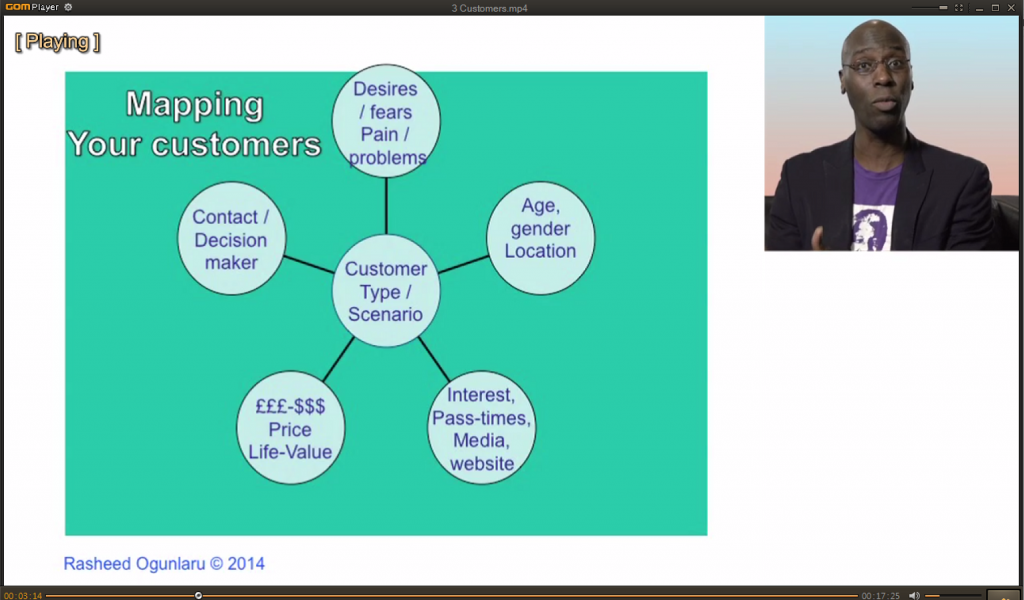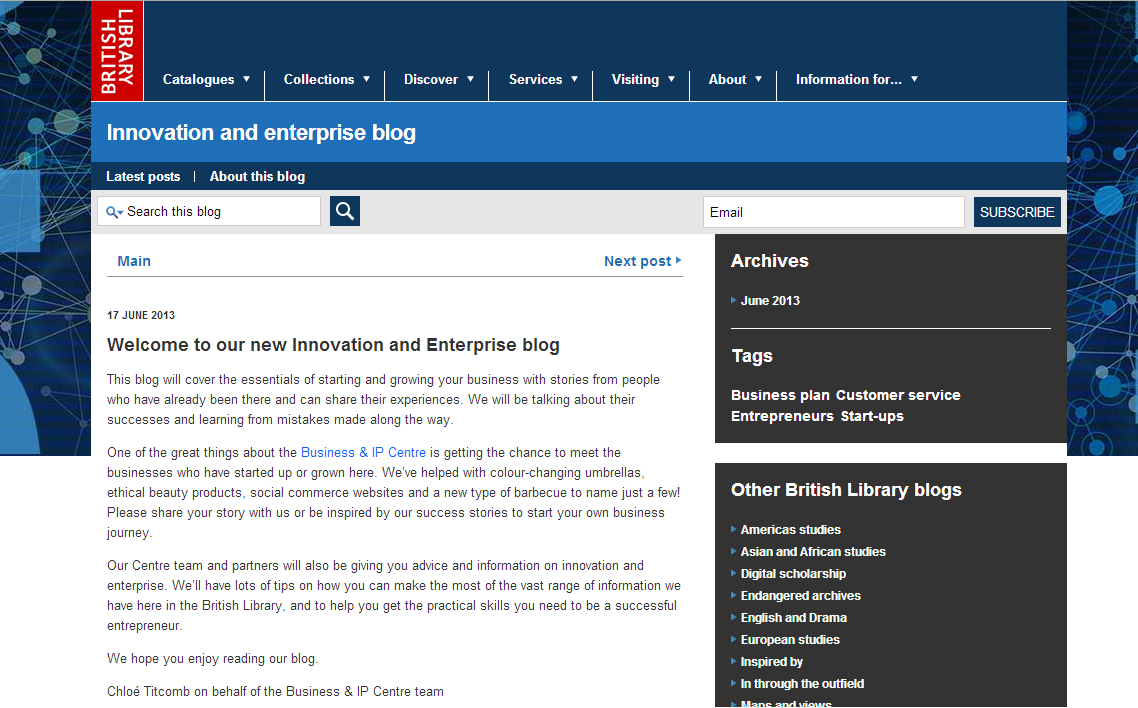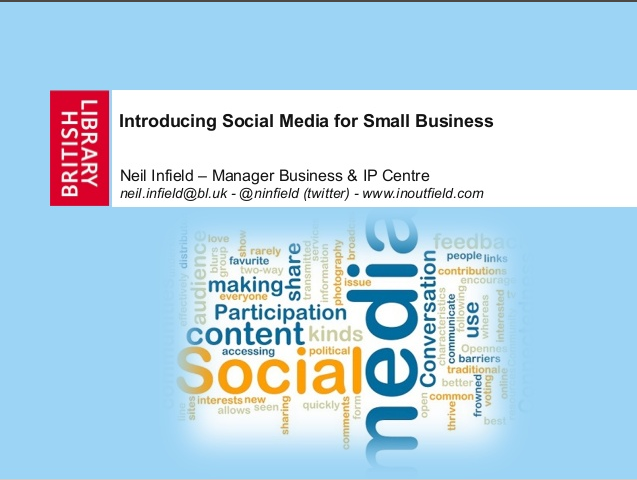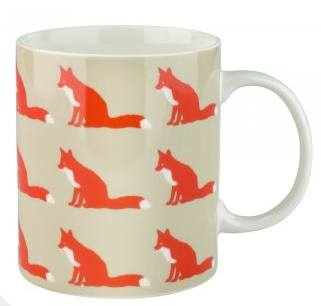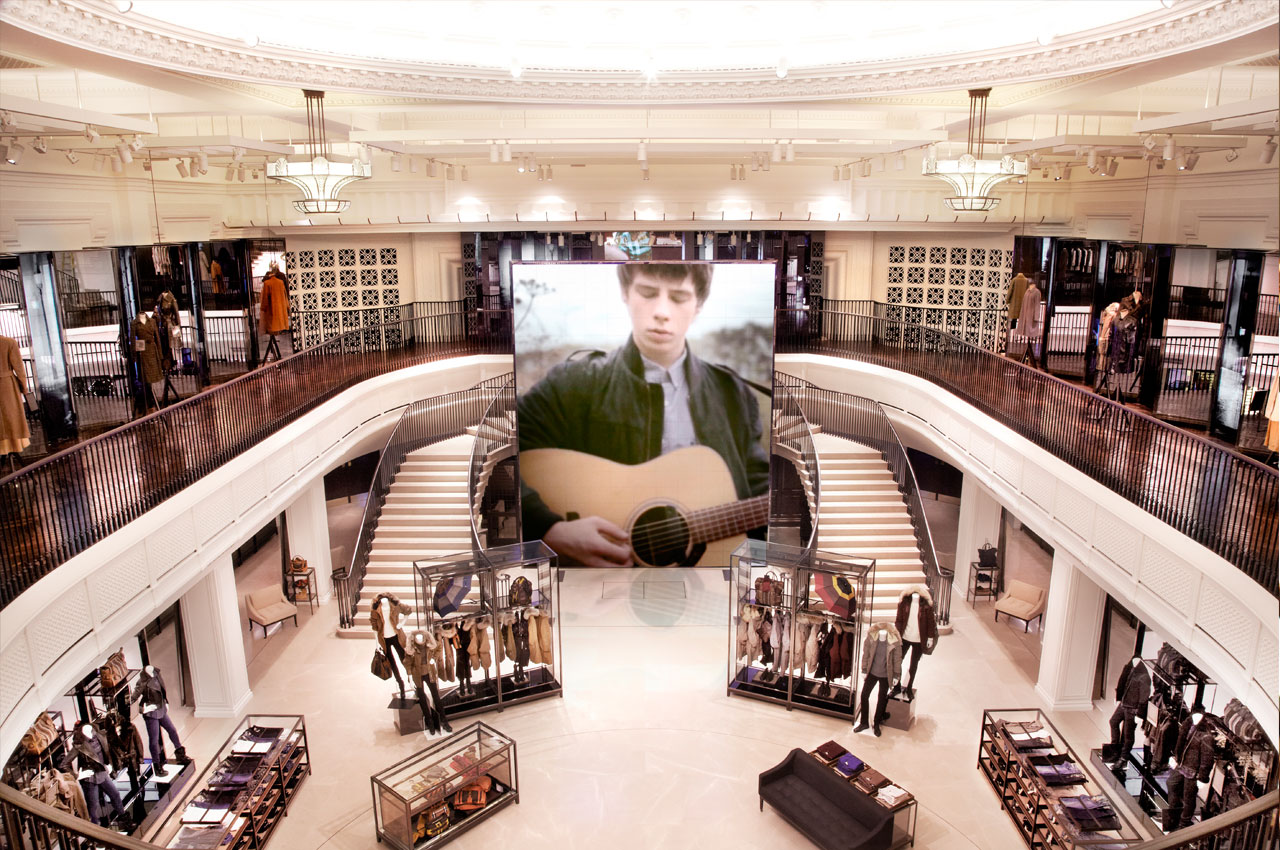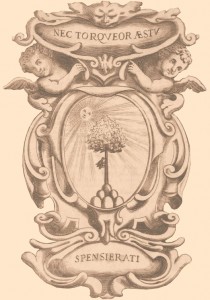I find it fascinating how much our attitudes to subjects change over time. In this case the topic is the British Library’s collection of pornography. In the past a few individuals have become somewhat obsessed by the various holdings in our Private Case collection. This seems  strange to me, in an era permeated by sexual content, from television shows like Big Brother, to teenagers sexting each other, and virtually unrestricted access to pornography through the internet.
strange to me, in an era permeated by sexual content, from television shows like Big Brother, to teenagers sexting each other, and virtually unrestricted access to pornography through the internet.
Since first joining The British Library back in 2006, I have heard many myths and legends about the collection of pornographic material. It was, I was confidently assured, the second largest in the world, behind the rather surprising winner, the Vatican Library, and slightly ahead of the Library of Congress in Washington, home of the First Amendment.
As a ‘newbie’ in the library I received this information in good faith, and in the knowledge that the collection was safely locked-away our basements, where I was unlikely ever to stumble across them.
However a chance mention in an article about the National Library of Australia led me to Private Case – Public Scandal by Peter Fryer. Published in 1966, this book claimed to expose the deep dark secrets of what was then known as the British Museum library (home to the famous Round Reading Room).
Naturally my first instinct was to look up this controversial publication on Explore The British Library, and within minutes I had located and ordered it.
I can’t claim to be an expert on Erotic Fiction , but I was surprised by just how dull and turgid these 160 short pages turned out to be. The contents mostly consists of excessively detailed reports of the author’s struggles to unearth the library’s ‘hidden gems’, his numerous letters to those in charge at that time, and many lists of the controversial titles and their provenance.
Perhaps any serious attempt to catalogue the more ‘exciting’ content of The British Library stacks was bound to end up being something of a snooze, but I have to say I was disappointed. However here are some of the highlights I thought worth noting:
Early on Fryer reports that;
“The BM collection of erotica is without doubt the most comprehensive in the world. The Kinsey Collection does not hold a candle to it. The celebrated Enfer Of the Bibliothèque nationale de France in Paris probably runs it a close second; but the alleged riches, in this field, possessed by the Vatican, the Library of Congress, and the Bodleian in Oxford, turn out to be small fry indeed compared with Bloomsbury’s well-stocked private case.”
It seems that the confusion stems from their “courage and honesty” in listing publicly their collections, whereas, up until the 1960’s The British Library had not.
Later on, Fryer recounts an episode relating to a request for a ‘naughty’ book by Iwan Bloch. He is asked to meet with the Superintendent of books who explains that he has to satisfy himself, that Fryer’s purpose was serious, and that he was unlikely to steal, mark, or mutilate the book.
It was subsequently explained to Fryer, that the intention of this kind of interview is to protect the library’s books from the readers, “which experience has shown to be a necessary part of a librarian’s duty, rather than to protect readers from books, which is not thought to be a librarian’s business in this country.”
Fryer divides up the library’s collection of erotica into several categories including what he terms ‘sexological works’, which include books on “contraception, guides to erotic technique and coital positions, sociological surveys of teenage copulation in Cockfosters and homosexuality in Rutland.” I’m guessing this last part was Fryers attempt at humour.
 A section of the book covers the history of the Private Case at the British Library and includes mention of Anthony Panizzi, of one of the key figures in its development. Rather surprisingly Panizzi was not British, but an Italian lawyer and revolutionary democrat, who had been sentenced to death by the government of Modena. He escaped to England in 1823 and joined the British Museum staff, working his way up to Keeper of printed books by 1837. During his tenure Panizzi grew the book collection from 200,000, to over a million by the time of his retirement in 1866. Many of these were catalogued by Panizzi himself., The creation of the famous round reading room was also his idea.
A section of the book covers the history of the Private Case at the British Library and includes mention of Anthony Panizzi, of one of the key figures in its development. Rather surprisingly Panizzi was not British, but an Italian lawyer and revolutionary democrat, who had been sentenced to death by the government of Modena. He escaped to England in 1823 and joined the British Museum staff, working his way up to Keeper of printed books by 1837. During his tenure Panizzi grew the book collection from 200,000, to over a million by the time of his retirement in 1866. Many of these were catalogued by Panizzi himself., The creation of the famous round reading room was also his idea.
In keeping with his democratic principles Panizzi wanted the library to be open to all students of knowledge.
“He wanted the student to have the same means of indulging his curiosity on any topic, consulting all authorities, and ‘fathoming the most intricate enquiry’, as the richest man in the kingdom. ‘And I contend’, he added, ‘that Government is bound to give him the most liberal and unlimited assistance in this respect.’”
This was quite a change from the views of his predecessor Henry Ellis, who opposed the idea of opening on public holidays because, “I think that the most mischievous part of the population is abroad and about at such a time.” Ellis claimed that if the library was not closed for the Easter holiday period, “the place… would really be unwholesome.”
Fryer managed to track down an article published in the English Review from December 1913, complaining about hidden books in the British Museum. In The Taboos of the British Museum Library, the authors claimed there were three general classes of books liable to be secreted by the library at that time:
1. Subversive of the throne
2. Subversive of religion
3. Of an improper or obscene character
In response to an author who’s latest book had been ‘dissapeared’, the Keeper of books wrote this rather unhelpful reply;
“Dear Sir, – In your letter of the 12th July, referring to books which are not entered in the catalogue, you ask me whether there are any printed instructions issued, and available for public use, by which the public may know of the existence of such books, and to the conditions under which they may be consulted. My reply to your question is that there are no printed instructions relating to such books.”
 Towards the end of the book Fryer covers some of the non-erotica related causes for books in the library being ‘suppressed’. One, is if the publication has resulted in a successful libel case. Others are breach of copyright by the publishers, or serious factual errors in the publication. A more interesting cause was those containing commercial or state secrets. Examples included the cautiously titled Statement respecting the Prevalence of Certain Immoral Practices in his Majesty’s Navy from 1821, and those containing information on lock-picking and safe-breaking. Also included was the 1895 edition of Lieutenant-Colonel John Ponsonby Cundill’s Dictionary of Explosives.
Towards the end of the book Fryer covers some of the non-erotica related causes for books in the library being ‘suppressed’. One, is if the publication has resulted in a successful libel case. Others are breach of copyright by the publishers, or serious factual errors in the publication. A more interesting cause was those containing commercial or state secrets. Examples included the cautiously titled Statement respecting the Prevalence of Certain Immoral Practices in his Majesty’s Navy from 1821, and those containing information on lock-picking and safe-breaking. Also included was the 1895 edition of Lieutenant-Colonel John Ponsonby Cundill’s Dictionary of Explosives.
Fryer makes his views on these restrictions clear on the final page of the book;
“It is high time the museum authorities realized that the un-catalogued books in their care are not their private property, and that their refusal to let people know exactly what they have and have not got is unworthy of a great national library and totally inimical to scholarship.”
Since those repressive days of the 1960’s the library has indeed opened up the catalogue, and these curiosities can be found. But only ordered up from the basement by those who have a serious academic interest.
 I first met David Hardman the General Manager & Co-Founder of Launch22 back in August 2014. I was immediately impressed by his enthusiasm, and the service offered to business start-ups in the heart of Silicon Roundabout in East London.
I first met David Hardman the General Manager & Co-Founder of Launch22 back in August 2014. I was immediately impressed by his enthusiasm, and the service offered to business start-ups in the heart of Silicon Roundabout in East London.


